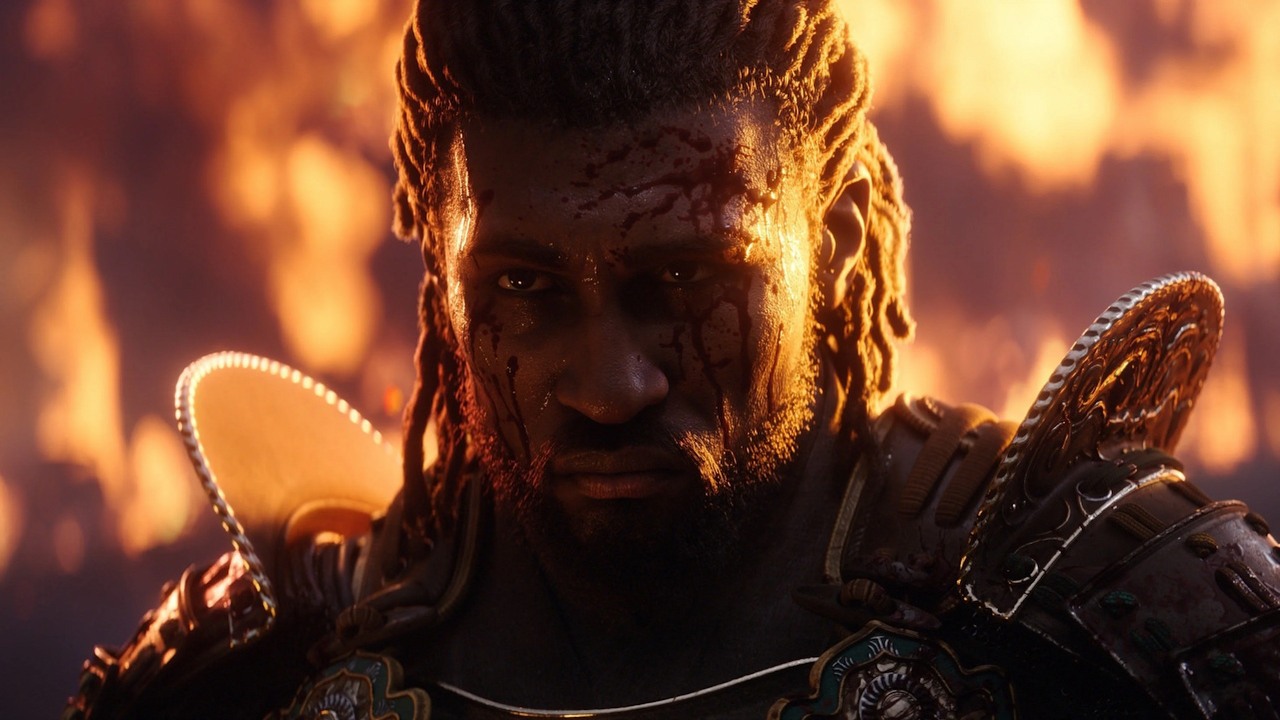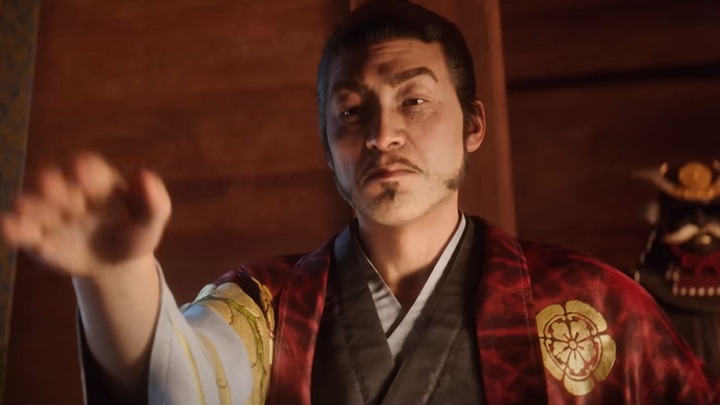Assassin's Creed: Shadows Caused Irritation. Gamers in Japan Point out Historical Inaccuracies
Japanese Assassin's Creed fans aren't happy with how Ubisoft presented Sengoku era in Shadows.

The reveal of Assassin's Creed: Shadows garnered widespread attention online, albeit not necessarily for the reasons anticipated by fans and the series' devs. Japanese players have a grudge against Ubisoft regarding historical inaccuracies in the new "Assassin."
Yasuke's case...
The main issue could be seen as the matter of Yasuke, one of the key characters in AC: Shadows (although Naoe also caused division among fans). Certainly, it may be surprising to include the "African samurai" as the main character in the Japanese version of the series.
The developers' decision is also unusual because it's the first time in the series when one of the playable characters is a historical figure (with some changes in the background, but always). Yasuke did exist and was briefly in the service of Oda Nobunaga. There are even compelling reasons to believe that he was actually considered a samurai (the first one born outside of Japan), although even the opinions of historians don't convince some players of this idea.
...it's just the tip of the iceberg.
While the matter of samurai of African ethnicity can still be defended, players also have other complaints about AC: Shadows.The first trailer of the game is supposed to show many historical inaccuracies, some of which caught the eye of Japanese fans of Assassin's Creed.
A popular thread on X (via Automaton) draws attention to a lot of problems. The room where Nobunaga holds a council with his vassals is already set to look peculiar: the ceiling is excessively high, and the tatami (Japanese mats) are oversized and in an unconventional shape for that era. Some Internet users point out that the room is closer to a "school dojo" or a banquet hall in a modern hotel than to the actual chamber of a daimyo from the Sengoku era.
Speaking of Sengoku, fans also pay attention to the hairstyles of some characters: chonmage, which is the characteristic "topknot" of samurais. The topknot was known during the Heian period (i.e., before 1185), but only became widespread during the Edo period (i.e., the era following the Sengoku period, when the game is set). The formal style of sitting known as seiza, as well as the costumes of the characters, were essentially established many centuries after Nobunaga, although the concept itself existed earlier in a more general sense.
When it comes to seating, internet users also point out the gross violations of etiquette by Nobunaga's vassals. Some of them are sitting on the edges of tatami mats (which is impolite in itself). One of the vassals is sitting on the same level as Nobunaga, which would be unforgivable even for the most trusted confidants of the daimyo.
Relative realism not for Japan?
The problem might not have been as significant if it weren't for the Assassin's Creed series' reputation for being relatively historically accurate. It's true that Ubisoft typically tried to replicate the historical context, despite the fact that the series has always incorporated fantastical elements. It's enough to mention that the latest installments of the series have received "educational" versions.
Meanwhile, according to fan reports, the French publisher didn't fulfill its task, and the first trailer of AC: Shadows appears to deviate significantly from historical accuracy. Many internet users are very disappointed because it seems that the devs didn't consult experts or even native Japanese people.
There is also one small detail that may clearly show the alleged negligence of Ubisoft. Nobunaga Oda's emblem on the ruler's outfit in the trailer is upside down.

0

Author: Jacob Blazewicz
Graduated with a master's degree in Polish Studies from the University of Warsaw with a thesis dedicated to this very subject. Started his adventure with gamepressure.com in 2015, writing in the Newsroom and later also in the film and technology sections (also contributed to the Encyclopedia). Interested in video games (and not only video games) for years. He began with platform games and, to this day, remains a big fan of them (including Metroidvania). Also shows interest in card games (including paper), fighting games, soulslikes, and basically everything about games as such. Marvels at pixelated characters from games dating back to the time of the Game Boy (if not older).
Latest News
- End of remote work and 60 hours a week. Demo of Naughty Dog's new game was born amid a crunch atmosphere
- She's the new Lara Croft, but she still lives in fear. Trauma after Perfect Dark changed the actress' approach to the industry
- „A lot has become lost in translation.” Swen Vincke suggests that the scandal surrounding Divinity is a big misunderstanding
- Stuck in development limbo for years, ARK 2 is now planned for 2028
- Few people know about it, but it's an RPG mixing Dark Souls and NieR that has received excellent reviews on Steam, and its first DLC will be released soon


